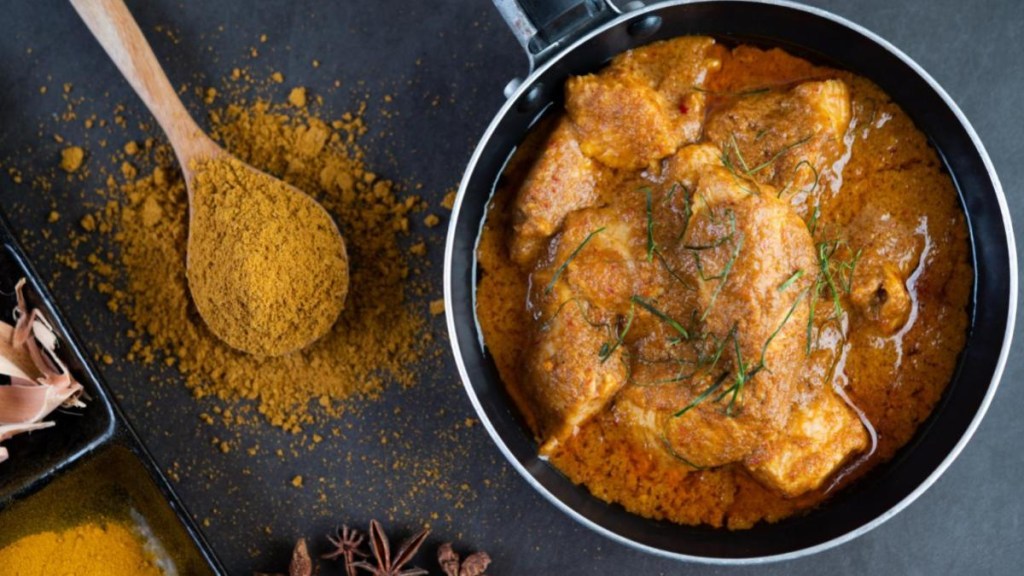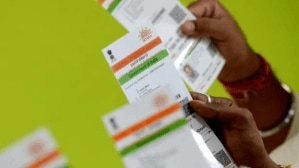While its popularity as India’s most popular dish is uncontested, the origin of butter chicken is a matter of such serious contention that Delhi-based restaurant brands Moti Mahal and Daryaganj have taken it to court. Both claim to have invented the iconic dish, and even as the fight from kitchen to court is well known, it is also accepted that the court might find itself clueless over this one, with no witness or hard evidence of who actually enrobed tandoori chicken in a tomato and cream gravy for the first time.
A result of serendipity, when leftover tandoori chicken was mixed in gravy, the dish for years has been claimed to be an original by Moti Mahal founder Kundan Lal Gujral. But when the descendents of Gujral’s partner, Kundan Lal Jaggi, claimed ownership, after launching their own chain of restaurants named Daryaganj, Gujral’s family sued Daryaganj owners for Rs 2 crore. The matter is pending in court.
As the culinary world waits for this spicy tale to culminate, it is not for the first time food has been a bone of contention. From samosa to champagne, idli to sambar, and even potato and spices, origins of food have been hotly contested from time immemorial. West Bengal and Odisha famously fought a rather bitter battle over the origins of the sweet rasogolla recently, with Bengal attaining a GI tag in 2017, but Odisha, too, fighting to the finish with a GI tag for its own ‘authentic’ version in 2019. The battle of biryani will perhaps continue forever, with various versions— Lucknow, Hyderabad, Kolkata, Ambur, and many more— claiming to be the real deal, and each having its own fans.
All southern states claim that their version of sambar is authentic, and with some claiming recently that the dish had its origins in Maharashtra, the debate is just heating up.
However, authenticity of food is a fallacy. The same dish is cooked differently home to home, city to city and region to region. For example, daily staple dal tastes different in every home despite the same method and ingredients. Food has no mathematical formula, and real cooks never go by measured quantities or detailed recipes, relying on instinct instead.
And, to keep up with the times, restaurants tweak recipes to suit customer demand. Several acclaimed restaurants like Bombay Canteen thrive on recipes adapted from regional cuisines. The popularity of Indian Accent, touted to be India’s best restaurant, which recently opened in Mumbai, after Delhi and New York, is based on how regional food is celebrated in its menu. From sattu ka paratha to old Delhi’s Daulat ki Chaat, to even the simple moong ki dal, traditional recipes get a modern twist.
Essentially, it’s not important if you are eating a dish cooked exactly as it was invented, but how it tastes. Customers at restaurants also would care less about the origins of a dish and more about its flavour, be it butter chicken or biryani.








